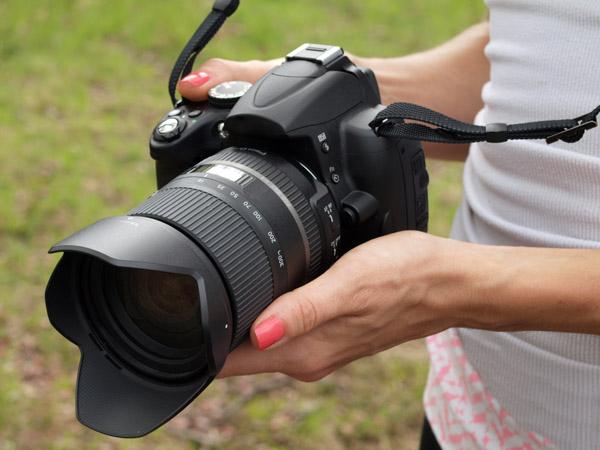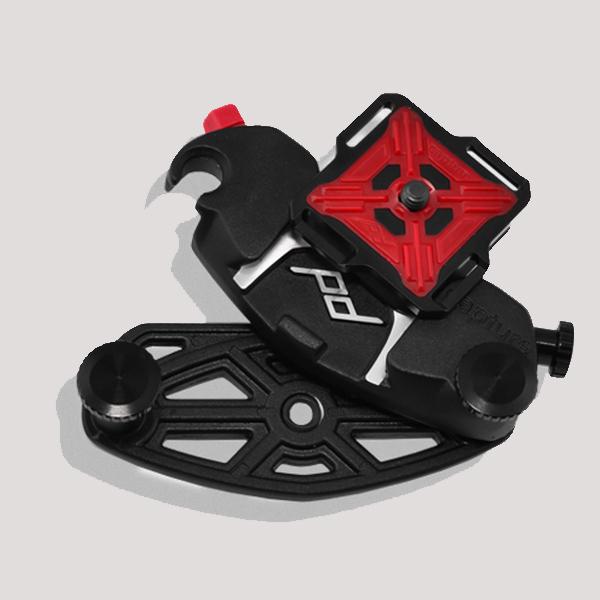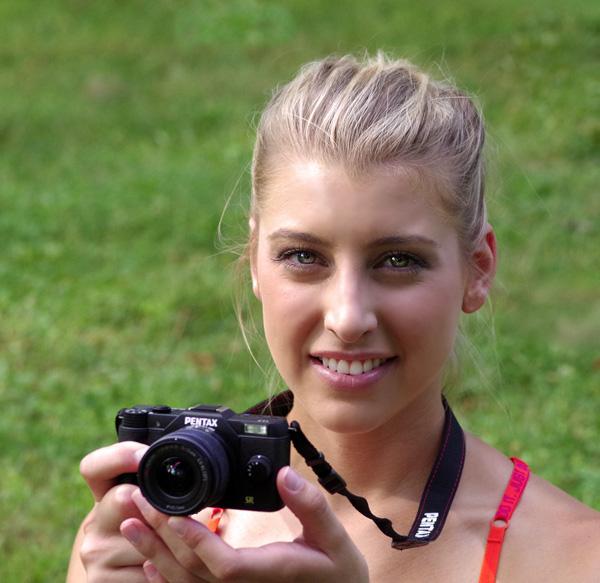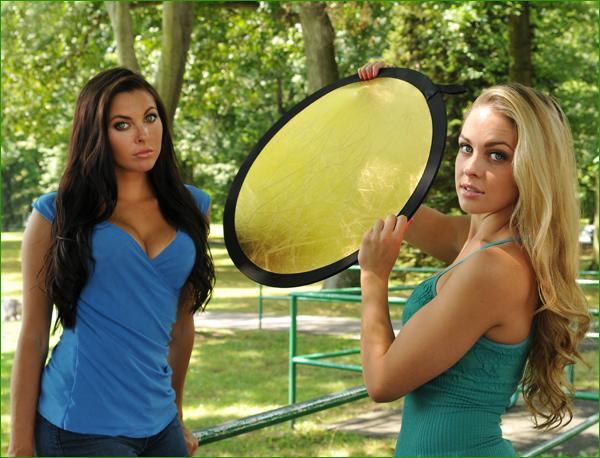Jon Sienkiewicz
|
May 25, 2014
|
Feb 07, 2014 |
First Published: Jan 01, 2014
|
Oct 23, 2013
|
Sep 19, 2013
|
Sep 08, 2013
|
Aug 11, 2013
|
Aug 04, 2013











